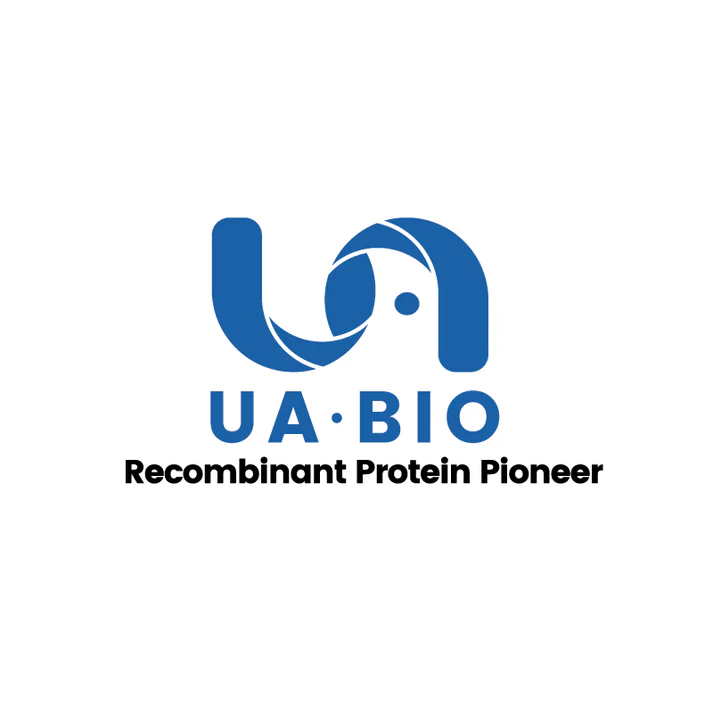2e5 of transient transfected anti- Siglec-1 ScFv CAR-293 cells were stained with 0.01ug Alexa Fluor 647-Labeled Siglec-2/CD22 Fc Chimera Protein, Human, (Cat. No. UA011267) and unlable respectively (Fig. C and B), and non-transfected 293 cells were used as a control (Fig. A). Alexa Fluor 647 signal was used to evaluate the binding activity.
2e5 of transient transfected anti- Siglec-2 ScFv CAR-293 cells were stained with isotype and Whitlow/218 Linker-Alexa Fluor® 488 (Fig. D and E). Alexa Fluor® 488 signal was used to evaluate the binding activity.
Product Details
Product Details
Product Specification
| Species | Human |
| Synonyms | Siglec-2,CD22,BL-CAM,Siglec2 |
| Accession | P20273-1 |
| Amino Acid Sequence | Asp20-Arg687 with Human IgG1 Fc at the C-Terminus |
| Expression System | HEK293 |
| Molecular Weight | 125-130kDa |
| Conjugation | Alexa Fluor® 647 |
| Tag | Human IgG1 Fc |
| Physical Appearance | Liquid |
| Storage Buffer | PBS, pH7.4 |
| Stability & Storage | · 12 months from date of receipt, lyophilized powder stored at -20 to -80℃. |
| Reference | 1. Tedder T F. et al. (2005) CD22: a multifunctional receptor that regulates B lymphocyte survival and signal transduction. Adv Immunol. 88: 1-50. 2. Fujimoto M. et al. (2007) B cell signaling and autoimmune diseases: CD19/CD22 loop as a B cell signaling device to regulate the balance of autoimmunity. J Dermatol Sci. 46(1): 1-9. 3. Walker J A. et al. (2008) CD22: an inhibitory enigma. Immunology. 123(3): 314-325. 4. Nitschke L. (2009) CD22 and Siglec-G: B-cell inhibitory receptors with distinct functions. Immunol Rev. 230(1): 128-143. |
Background
Siglecs (sialic acid binding Ig-like lectins) are I-type (Ig-type) lectins belonging to the Ig superfamily. They are characterized by an N-terminal Ig-like V-type domain which mediates sialic acid binding, followed by varying numbers of Ig-like C2-type domains. Siglec-2 (CD22) belongs to a family of immune inhibitory Siglecs, which bears ITIM to deliver immunosuppressive signals such as reduced phagocytosis, dampened inflammation, and inhibited danger-associated molecular pattern/ pathogen-associated molecular pattern (DAMP/PAMP)-mediated inflammation. Siglec-2 is a cell surface receptor expressed mostly on B cells that regulates B-cell proliferation, survival, signaling, and antibody production. The structure of Siglec-2 contains six tyrosines in its cytoplasmic tail, four of which are in ITIM motifs: Y783, Y843, Y863, and Y828. Following cross-linking of B-cell receptors (BCRs), these tyrosine residues are phosphorylated and recruit Src homology region 2 (SH2) domain-containing protein tyrosine phosphatase-1 (SHP-1), which dephosphorylates BCR-proximal signaling complexes. Siglec-2 is an attractive therapeutic target considering its unique presence in B lymphocytes. Currently, many ongoing trials evaluating CD22-directed chimeric antigen receptors (CARs), particularly in children with relapsed or refractory B-cell leukemia, are showing safety and efficacy. Some novel CARs, such as bispecific CD20/CD22 CARs and CD19/CD22 CARs, are also in development.
Picture
Picture
FC


